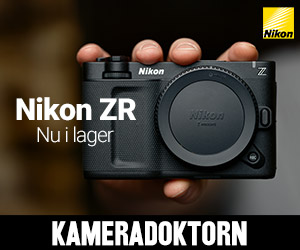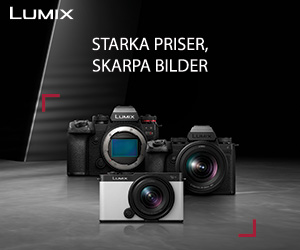Det är skillnad när man har mer upplösning har jag för mig. Det blir förhållandevis mer rörelseskärpa, så ja, för att så motsvarande skarphet så kan det behövas högre slutartid. Objektivens svagheter märks också mer med hög upplösning. Dessutom kan det sedan också vara så att du jämfört på bilderna i 100 % och då ser det nödvändigtvis inte så mycket bättre ut heller.
Hittade ett utdrag ur en teknisk specifikation från Nikon själva som säger såhär.
Nikon has repeatedly stated that due to the high resolution of the D800/D800E that you can get blurry or out of focus images that you would not necessarily notice on lower-resolution cameras.
That is a repeated notion in the Nikon D800/D800E Technical Guide, which describes various techniques to reduce blur and focus errors.
To quote from the Technical Guide:
While its groundbreaking 36 megapixels give the D800/D800E resolution unrivalled by previous digital SLR cameras, a side effect of such high resolution is that blur, whether the result of imprecise focus or camera shake, becomes that much more noticeable. Realizing the full potential of a camera with over 30-million pixels involves a thorough understanding of the causes and characteristics of blur, careful selection of settings and tools (lenses, tripods, etc.), and working with the best possible subjects.
For example, the Guide suggests using Live View to eliminate the blur that you can potentially get due to the mirror flap!
You should be able to download the Technical Guide through the Nikon websites.
This is a factor why Nikon markets the D800/D800E as a choice for landscape photography--presumably relatively static subjects—and NOT for fast-action sports photography.
For hand-held shots, you should plan to use much higher shutter speeds and higher ISO settings if blur and focus are problems
Så det verkar i alla fall ligga något i att den ställer lite "högre" krav på den som använder den








